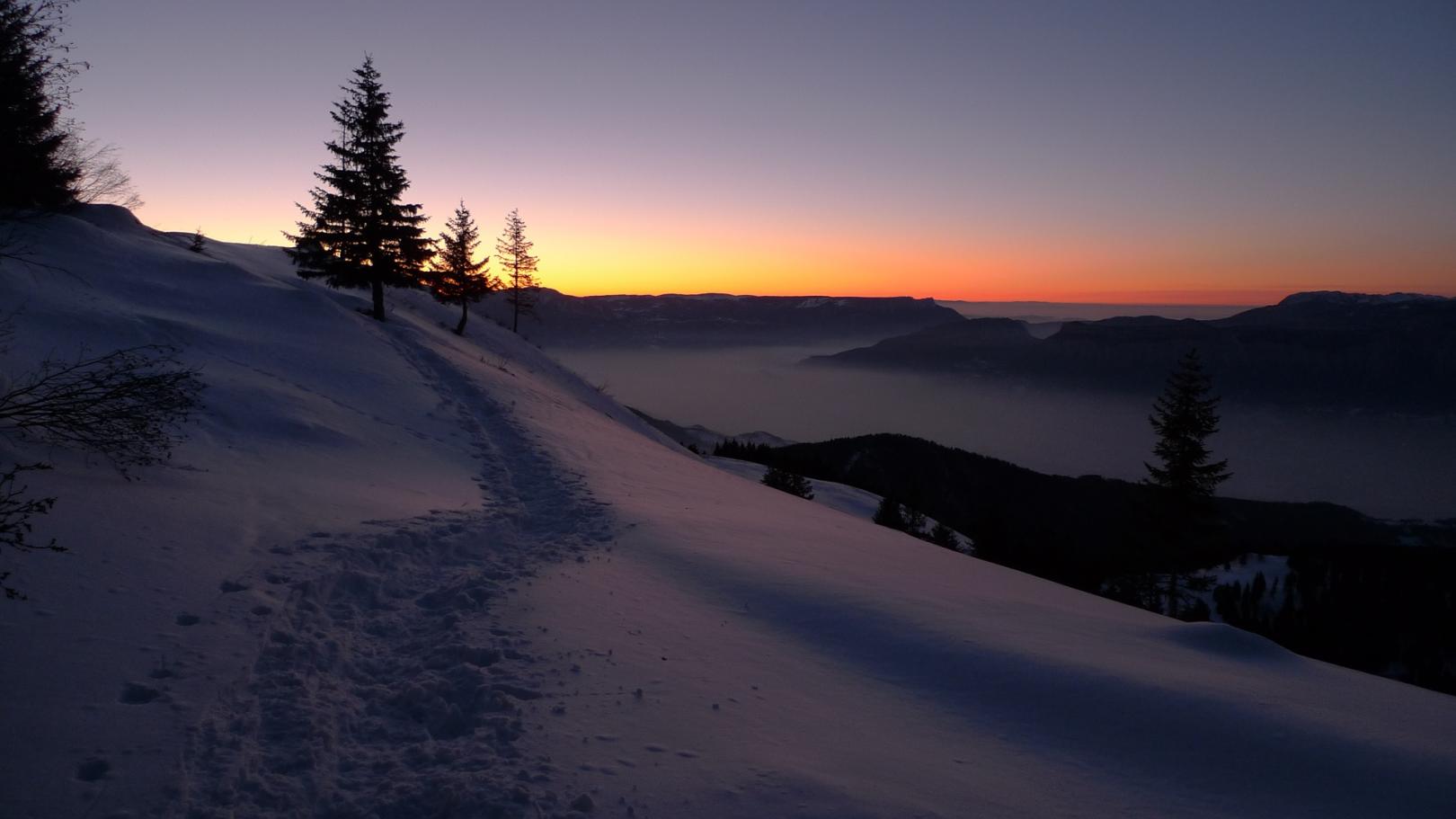
Date:
For this second week of December, the northern half of the planet experiences its earliest sunsets for the year. We’re used to the Winter Solstice - December 21 - being thought of as the “shortest day of the year” but it’s just one of a trio of days that work together to set the astronomical framework for the winter season.
The first day is December 7. Around this date each year, Earth’s elliptical solar orbit and our 23.5-degree axial tilt combine to bring the earliest sunset of the year - around 4:35pm at the latitude of Philadelphia. We all know the first day of winter comes around December 21, but we lose sight of the third day, usually around January 6, when we experience the latest sunrise of the year - 7:22am.
Here’s what we see: The early sunsets begin to reverse slowly by December 12, so by December 21, later sunsets are already noticeable. Conversely, sunrises continue to slip later into the morning until the second week of January. The combination of sunrise and sunset times between December 7 and January 6 allows the winter solstice date to have the least amount of daylight time – thus making it the “shortest day of the year.”
Adding to what can be confusing circumstances, Earth reaches perihelion – our closest orbital point to the sun – on January 10. We might expect this to be when all of Earth experiences the warmest time of year, but that 23.5-degree axial tilt “flips the script” again. Only the southern hemisphere enjoys summer weather because the southern hemisphere now gets its solar radiation more directly, being tilted towards the sun. The north is cooler because we’re tilted away from the sun. The Earth’s position relative to the sun reverses for summer in the northern hemisphere six months later.
So as the old year ends and the new year begins, stay warm by remembering that the first day of spring is just a few weeks away. Happy Winter Solstice!


